Luxury Hotel Chain: Integrated 7 legacy systems into one real-time twin, enhancing guest experience and energy control.

The challenge of tracking occupancy across 5,00,000 sft. Is never an easy one. Background and contex...
Monitor, Analyse, And Improve The Air Your Teams Breathe
Indoor air quality isn’t just a health concern. Measure and manage IAQ across your building portfolio with real-time visibility into the air you breathe.
Nhance aggregates data from indoor sensors across zones and buildings, scores air quality, and flags risks in real time.
With built-in thresholds, alerts, and analytics, it gives FM teams the ability to prevent poor air episodes and drive wellness-focused operations.
Nhance aggregates data from indoor sensors across zones and buildings, scores air quality, and flags risks in real time.
With built-in thresholds, alerts, and analytics, it gives FM teams the ability to prevent poor air episodes and drive wellness-focused operations.
Nhance aggregates data from indoor sensors across zones and buildings, scores air quality, and flags risks in real time.
With built-in thresholds, alerts, and analytics, it gives FM teams the ability to prevent poor air episodes and drive wellness-focused operations.
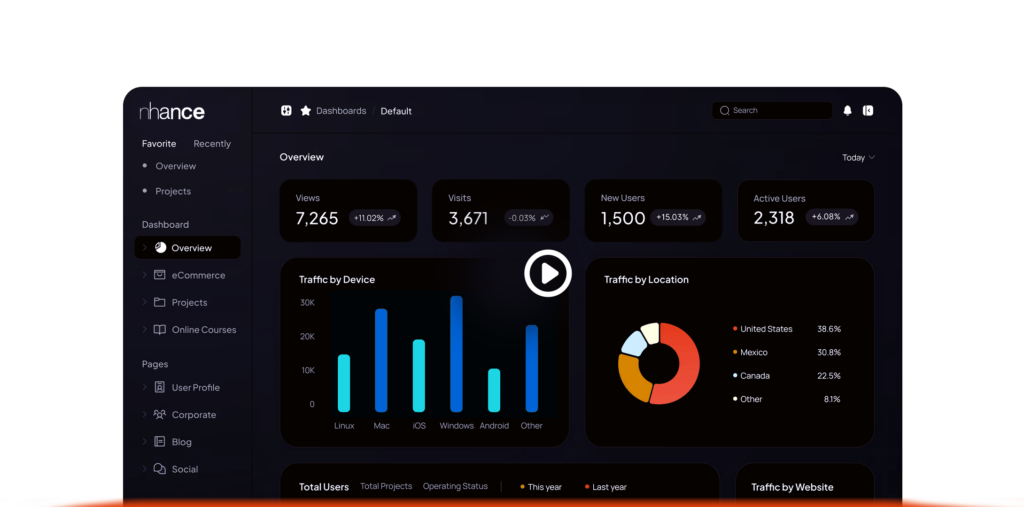
Elevate your facility’s air quality with Nhance. Deliver enterprise-grade IAQ control, ensure consistently healthy environments and superior occupant well-being.
Zone-specific data every few seconds
Tailored thresholds for CO₂, Humidity, Air Pressure, TVOCs, Radon, Illuminance, Temp
Visualise air quality across buildings and floors
Get notified when levels exceed healthy thresholds
See changes over time to validate HVAC effectiveness
Offices, meeting rooms, cafeterias, washrooms
Display IAQ scores on kiosks or employee app for transparency
Maintain IAQ logs for ESG and health audits
Spot issues early with AI-driven insights.
Model “what-if” scenarios for energy, occupancy, and asset loads.
Capture design-to-operation data for lifecycle traceability.
With live data, layered insights, and powerful simulations, get a clear picture of what’s working, what needs attention, and where there’s room to improve.
Real-time integration with BMS, IoT, and energy systems.
Navigate your building virtually for immersive operations.
Overlay IAQ, occupancy, energy, and asset data.
Visualise and control thresholds within the twin.
Spot issues early with AI-driven insights.
Model “what-if” scenarios for energy, occupancy, and asset loads.
Capture design-to-operation data for lifecycle traceability.
Spot issues early with AI-driven insights.
Model “what-if” scenarios for energy, occupancy, and asset loads.
Capture design-to-operation data for lifecycle traceability.
Experience seamless air quality control. Nhance creates a closed-loop IAQ system that monitors, responds, and confirms resolution, ensuring optimal environments effortlessly.
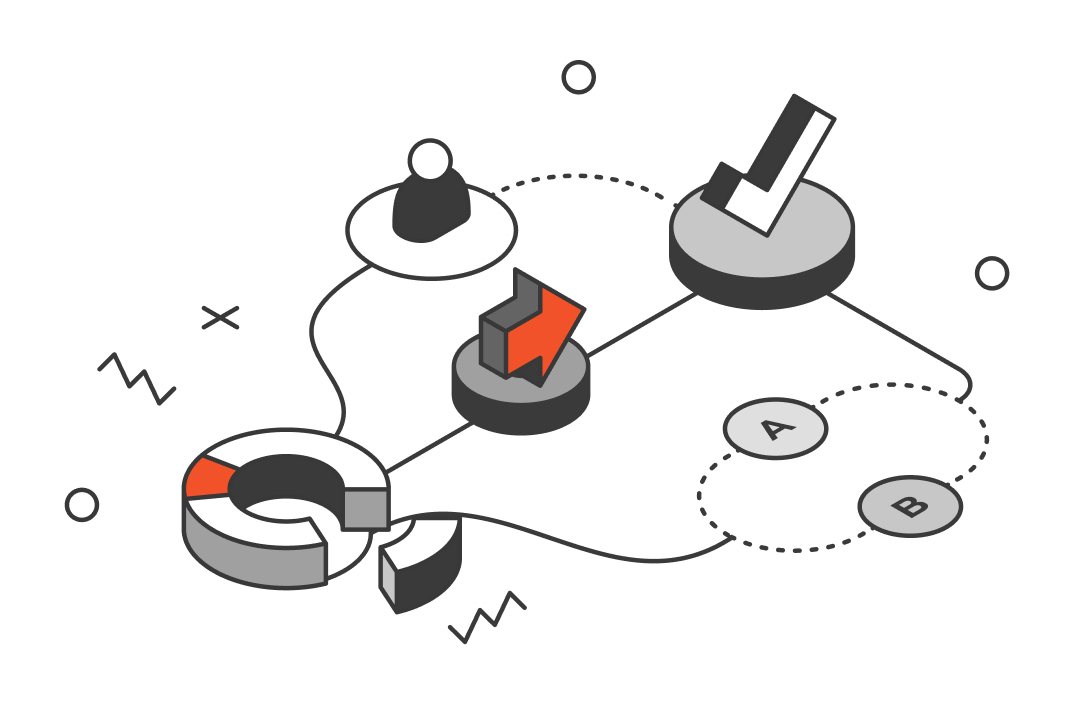
Network of sensors captures 15+ air parameters
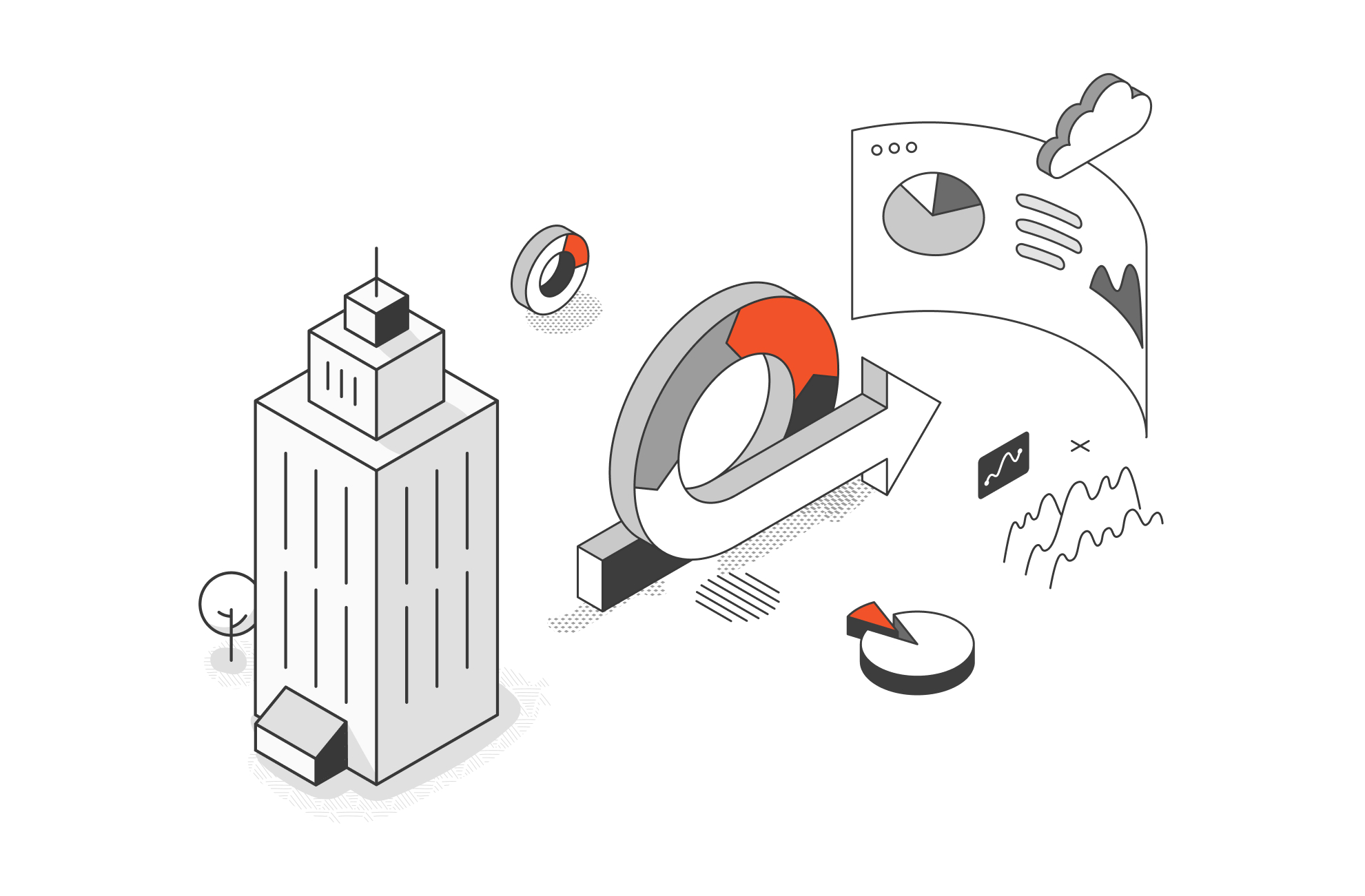
AI calculates zone-specific IAQ scores and trends
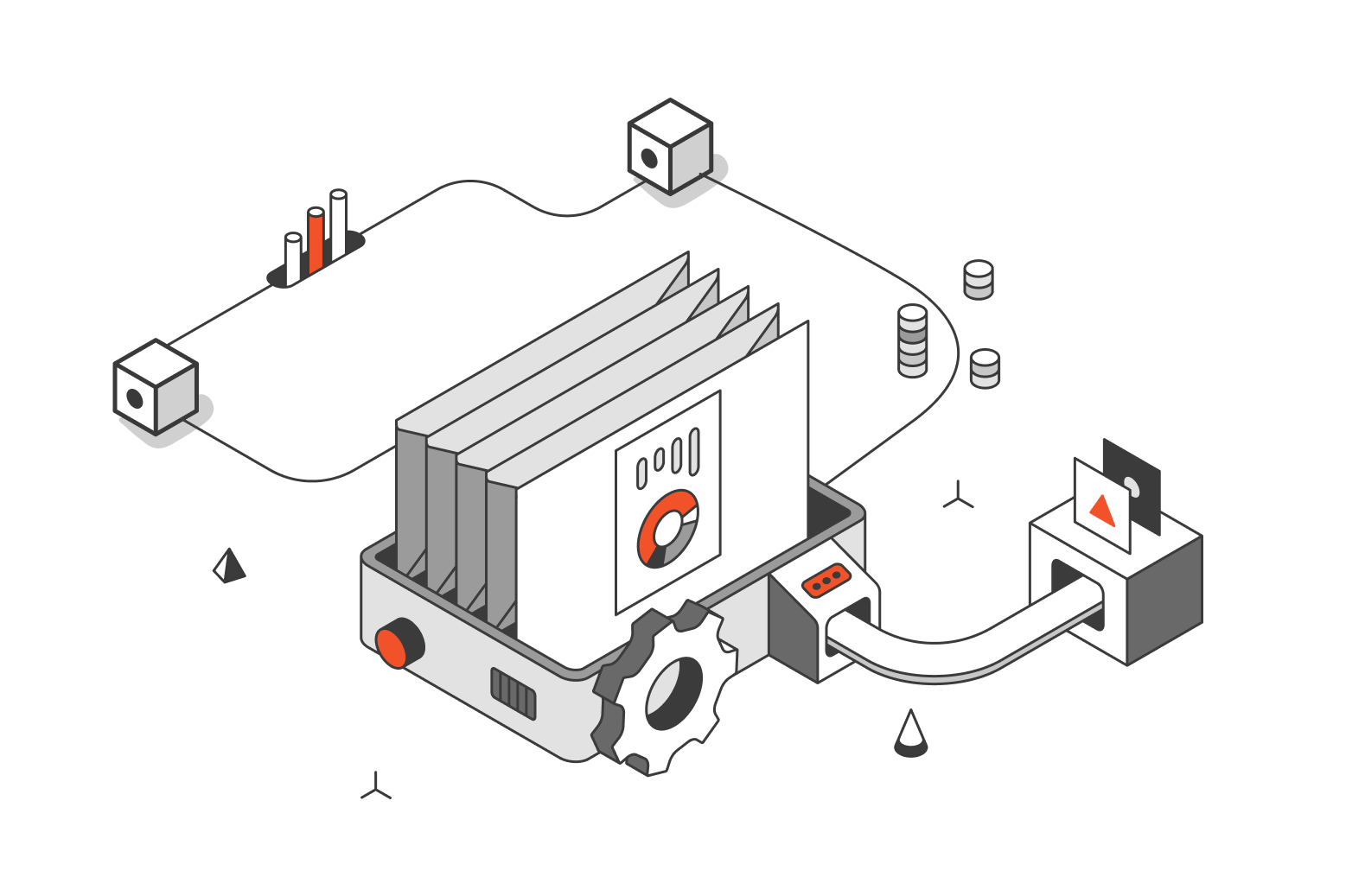
Act Triggers HVAC adjustments or FM alerts when thresholds breach
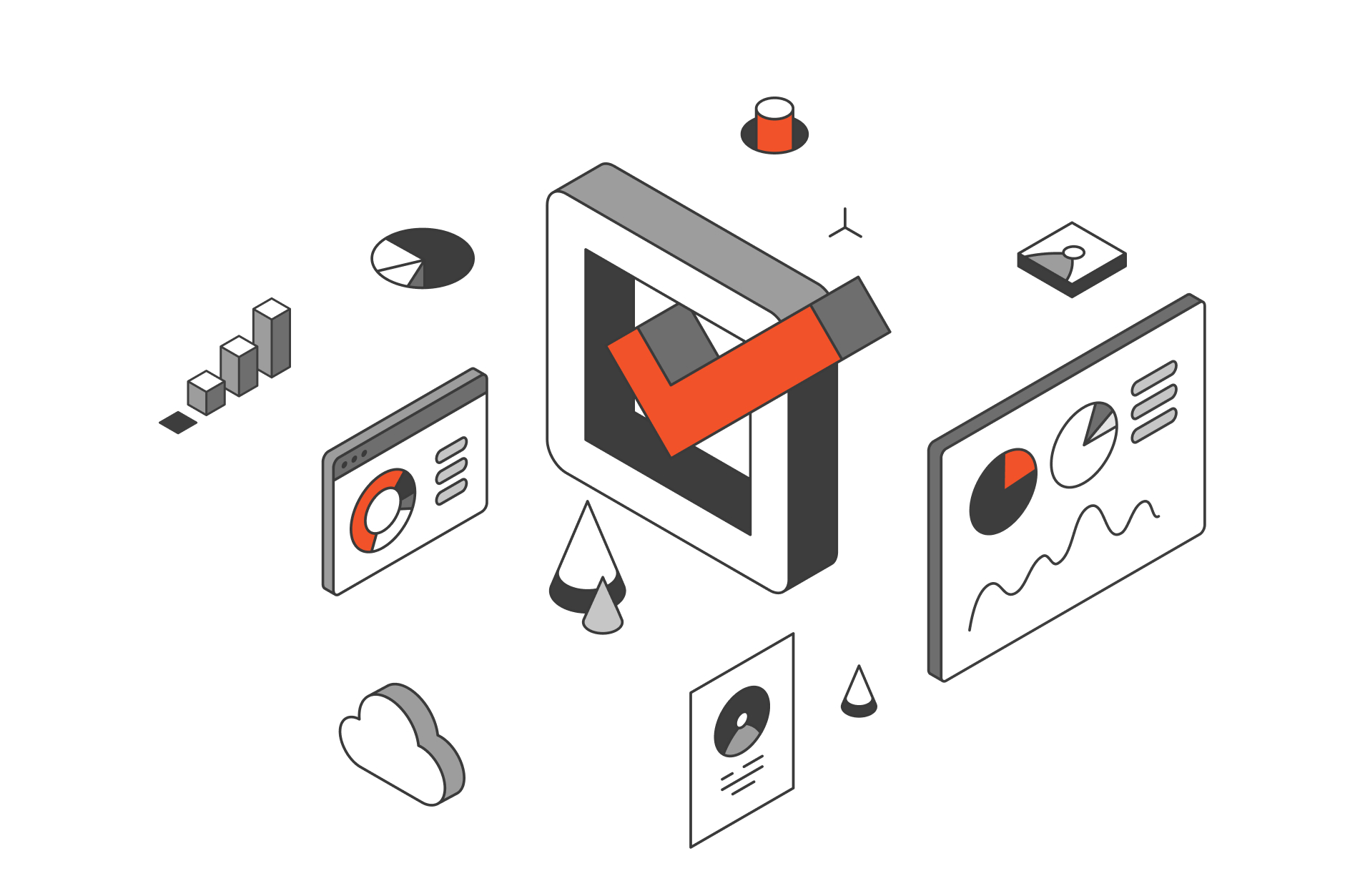
Delivers compliance documentation and improvement insights

Integrate sensor feeds, equipment tags, and system protocols.

Sync spatial geometry with real-time building data.

Enrich the model with live sensor and system performance overlays.

Navigate spaces, detect anomalies, and take action — all from one digital interface.
Our digital twin does more than show data—it
helps you act faster, plan smarter, and keep your
building running smoothly.
Incident response time reduced – 50%
Improved equipment uptime 30 %
Enabled data-driven decisions
Extended design to operations
Implement effective IAQ management and see the difference. Gain measurable benefits in reduced absenteeism, enhanced comfort, and optimised operational costs.
Healthier Workspaces that Support Focus & Wellbeing
Proactive Alerts & Ventilation Optimisation for FM Teams
Stronger ESG & Wellness Commitment for Management
Improved Indoor Air Quality Across All Work Zones
Implement effective IAQ management and see the difference. Support a healthier return to work while gaining measurable benefits in reduced absenteeism, enhanced comfort, and optimised operational costs.
Healthier Workspaces that Support Focus & Wellbeing
Proactive Alerts & Ventilation Optimisation for FM Teams
Stronger ESG & Wellness Commitment for Management
Improved Indoor Air Quality Across All Work Zones
Quicker incident response via real-time visibility
Quicker incident response via real-time visibility
Improved equipment uptime via predictive alerts
Improved equipment uptime via predictive alerts
Connect with all major IAQ sensors, BACnet/MODBUS BMS systems, and HVAC controls for automated ventilation. Data flows to command centres, employee apps, and ESG reporting platforms via API.
Every space has distinct air quality needs. Different environments require unique IAQ strategies, which Nhance flexibly supports to ensure optimal health and comfort.
See compelling case studies revealing how leading organisations dramatically improved their indoor air quality using Nhance’s innovative platform.
See compelling case studies revealing how leading organisations dramatically improved their indoor air quality using Nhance’s innovative platform.

The challenge of tracking occupancy across 5,00,000 sft. Is never an easy one. Background and contex...

The challenge of tracking occupancy across 5,00,000 sft. Is never an easy one. Background and contex...

The challenge of tracking occupancy across 5,00,000 sft. Is never an easy one. Background and contex...
CO₂, PM2.5/PM10, VOC, RH, Temperature, and O₃ sensors are supported.
Yes — Nhance integrates with most major sensor providers via open protocols.
Based on multi-parameter scoring (customisable) aligned with global standards (ASHRAE, WELL, etc.)
Yes — employees can view scores by room or zone inside the Nhance app.
Yes — it can trigger HVAC actions like fresh air purging or damper adjustments.
Yes — IAQ logs are downloadable and audit-ready.
Yes — we track air, not people. No personal data is involved.
Absolutely — all score thresholds and alerts are configurable.
Typically every 30–60 seconds, depending on sensor type.
Pilot deployments can go live in under 2 weeks.